Innovations in Non-Emergency Medical Transport
Innovations in Non-Emergency Medical Transport explores how technology and smarter logistics are transforming the way patients get to and from healthcare appointments. From app-based scheduling to automated insurance coordination, discover how NEMT is becoming faster, safer, and more patient-centered.
Non-Emergency Medical Transport (NEMT) plays a crucial but often overlooked role in the healthcare system. While ambulances race to emergencies, NEMT ensures that millions of people—especially the elderly, disabled, and low-income patients—get to their routine medical appointments, dialysis sessions, rehabilitation centers, and follow-up care.
In recent years, technological and service innovations have transformed the NEMT industry, making it smarter, safer, and more patient-centric. From GPS tracking to AI-driven scheduling and ride-sharing integrations, the landscape of medical transport is changing fast—and for the better.
Why NEMT Matters More Than Ever
Healthcare is not just about treatment—it's also about access. For those without reliable transportation, missing appointments can lead to worsened health outcomes, readmissions, or avoidable complications. In fact, studies have shown that transportation barriers lead to millions of missed healthcare visits each year, disproportionately affecting rural areas and marginalized populations.
NEMT bridges this gap by providing scheduled, non-emergency transport services tailored to patient needs—wheelchair-accessible vans, stretcher vehicles, or door-to-door assistance.
Key Innovations Transforming NEMT
1. Digital Booking & Scheduling Platforms
Traditional NEMT required phone-based scheduling, often days in advance. Now, digital apps and portals allow patients, hospitals, and insurers to schedule rides in real time, check driver availability, and receive instant confirmations.
2. GPS & Route Optimization
Modern NEMT providers are using GPS-enabled tracking and route optimization algorithms to reduce wait times, ensure punctuality, and handle multiple patients more efficiently—saving both time and fuel.
3. Ride-Sharing Integrations (Uber Health, Lyft Concierge)
Companies like Uber and Lyft have launched dedicated health transport services that integrate with healthcare provider systems. These rides can be scheduled by care coordinators and billed to insurers or Medicaid programs, bringing affordability and flexibility to the NEMT space.
4. AI and Predictive Analytics
AI tools are being used to predict no-shows, trip durations, and high-demand timeframes, allowing providers to manage fleets better and improve patient compliance with appointments.
5. Enhanced Safety and Vehicle Tech
From remote health monitoring in vehicles to temperature-controlled interiors for specific patient needs, vehicles are now being outfitted with technologies that provide a higher standard of comfort and care.
6. Integration with Electronic Health Records (EHR)
Some platforms now connect directly to EHR systems, allowing care teams to automatically arrange transport based on scheduled appointments, complete with patient-specific needs.
The Social Impact of Smarter NEMT
Beyond convenience, innovations in NEMT are making healthcare more equitable and inclusive. By ensuring that transportation is no longer a barrier, patients are more likely to follow up on care, avoid complications, and stay connected with preventive services.
For providers and insurers, this means:
-
Fewer missed appointments
-
Reduced healthcare costs
-
Better patient outcomes
Challenges Ahead
Despite these innovations, challenges remain:
-
Lack of regulatory standardization across regions
-
Ensuring data privacy and HIPAA compliance in tech platforms
-
Need for driver training and patient safety protocols
-
Bridging the digital divide for elderly patients unfamiliar with apps
Addressing these concerns is vital for the sustainable growth of NEMT services.
Conclusion: Driving Forward With Purpose
The future of NEMT lies in its ability to blend compassion with technology. As healthcare shifts toward more outpatient and home-based care models, the demand for reliable, affordable, and innovative medical transport will only increase.
Whether through AI, mobile apps, or on-demand services, NEMT is becoming a smarter, safer bridge between people and their care.


